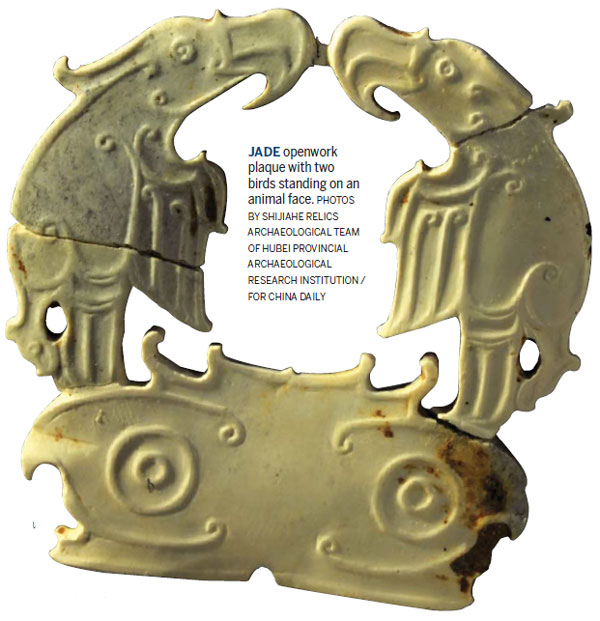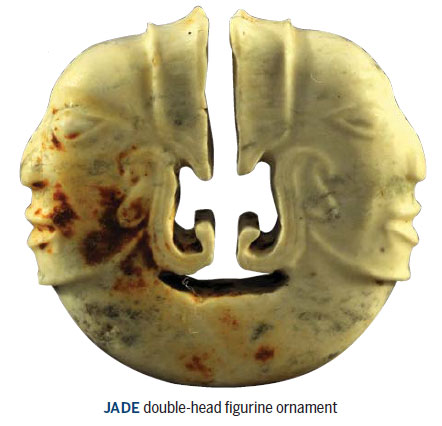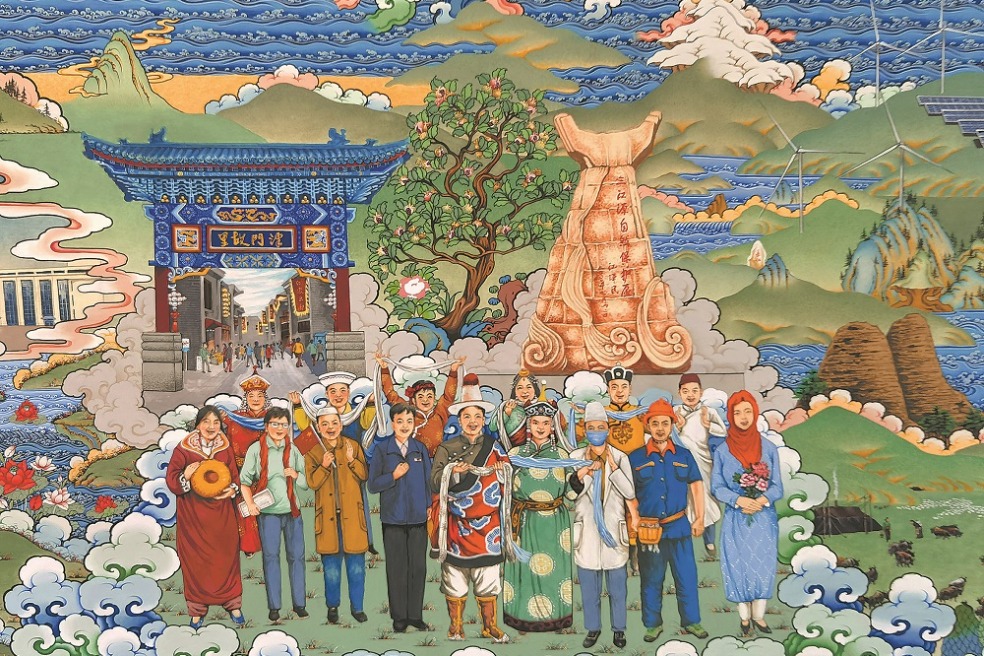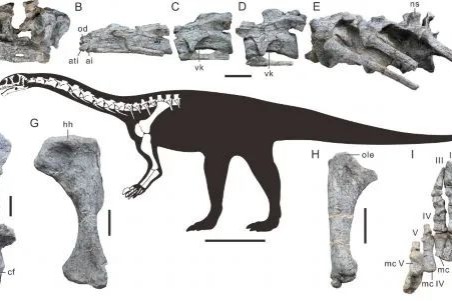Jade haul offers clues to ancient puzzle

Experts say pieces found during dig at Hubei tomb complex show influence from past masters
A large amount of jadeware recently unearthed in Central China could prove essential to establishing the evolution of ancient styles and techniques.
About 240 delicate carvings and sculptures dating back as far as 4,000 years were discovered in November during an excavation of a tomb complex in Tianmen, a county in Hubei province.

Experts from the Chinese mainland and Taiwan believe the haul shows that the jade culture in Bronze Age China may have been influenced by, or even inherited from, styles in the midstream region of the Yangtze River during the late Neolithic period.

Based on previous archaeological digs in the same central region, experts say the pieces were likely made during the late Shijiahe culture (2,500-2,000 BC). The period is known for its distinctive pottery and jade figurines made with local materials and crafted using a particular technique.
Yet unlike other Shijiahe jade that has been excavated, which was simple and unsophisticated in design and manufacture, the jade unearthed in November is among the highest level of craftsmanship ever seen in China or even eastern Asia, according to Fang Qin, director of the Hubei Archaeological Research Institute.
"For example, there was only half a tiger (sculpture) among all the jade pieces we found before, but this time there was an intact tiger figurine," says Fang, who is also curator of the Hubei Museum.
One unique feature of Shijiahe jade is that many pieces feature an intricate relief. Craftsmen from most other styles simply carved solid jade objects. Experts say carving a relief would take a lot of time and chiseling.
Several pieces in the Tianmen collection, including a plaque that shows two birds standing on a mythical animal's face and a double-headed figurine, are typical examples of the Shijiahe style, says Wu Tarng-hae, senior researcher at Aurora Museum in Shanghai.
Wu, an expert in ancient Chinese jade, says the relief lines on Shijiahe jadeware are achieved by consecutive scraping or wearing down the surface background on the sides of two paralleled carved lines.

Continuous rubbing and polishing make the lines slightly raised, creating a 3-D effect when the surface is looked at from different angles and in different lighting.
"The relief represents a highly sophisticated level of workmanship, and it was widely used in Shijiahe jade," he says.
Chinese jade culture is characterized by continuity as well as abundant innovation during various dynasties.
In the mid-Neolithic period 7,000 to 8,000 years ago, for example, people in Northeast China already had developed a custom of carving precious stones into tools or jewelry.
Jade manufacturing reached a peak in about 4000 BC, when four regional production hubs came into existence: Hongshan culture in the northeast, Liangzhu culture in the east and lower reaches of the Yangtze, Longshan culture in the east, and Qijia culture in the northwest.
"Jadeware in the Shang Dynasty (1,600-1,406 BC) was greatly influenced by Shijiahe," says Ding Zhe, president of the Chinese Society of Ancient Jade, a Beijing NGO. "The relief line and the way craftsmen engraved animal and human eyes in the Shang Dynasty can be traced back in origin to Shijiahe."
Eyes of both Shijiahe and Shang jades are all carved in a similar shape, which has the appearance of the modern Chinese character chen, which means minister.
Some of the jadeware shapes of Shijiahe, such as cicadas or openwork plaques of Chinese dragons or human heads, were adopted by the Shang and subsequent dynasties.
"Although Hongshan and Liangzhu jade are prominent representatives of Neolithic Chinese jade, the two cultures vanished after peaking in their own times," Wu says. "Shijiahe is still the most important origin of ancient Chinese jade, though."
He says he expects more exquisite Shijiahe jade will be unearthed, as the discoveries so far have been made in tombs for low and middle-ranking people. "We can expect more surprises as the tombs of high-ranking people are found."
The archaeological dig is ongoing in Tianmen, but Fang says the jade found there will go on public display at the end of this year or in early 2017.
Contact the writers through leixiaoxun@chinadaily.com.cn

(China Daily European Weekly 01/22/2016 page18)
Today's Top News
- Japan needs to match words with deeds to prove it has learned Hiroshima lessons: China Daily editorial
- Pharmaceutical levies won't prompt reshoring: China Daily editorial
- Rise of macro-regions and dollar's decline
- Training helps to empower Global South
- Country to cut costs of preschool education
- Pakistani minister hails high-tech ties with China






























